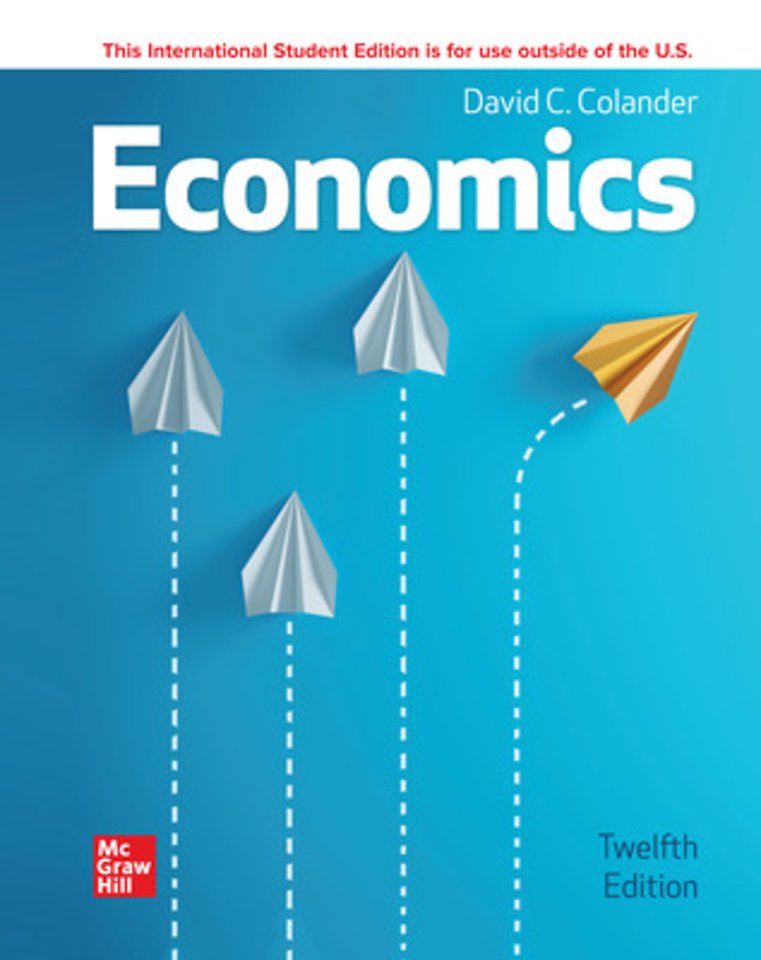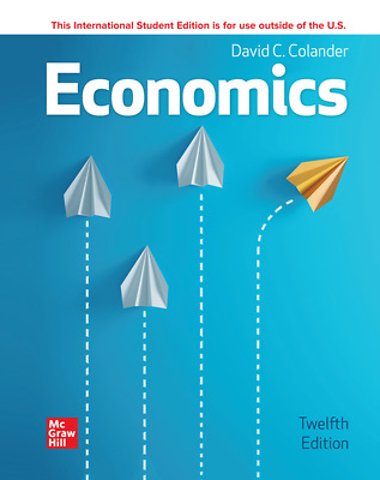<p>INTRODUCTION: THINKING LIKE AN ECONOMIST</p><p>Chapter 1: Economics and Economic Reasoning</p><p>Chapter 2: The Production Possibility Model, Trade, and Globalization </p><p>Chapter 3: Economic Institutions Appendix: The History of Economic Systems</p><p>Chapter 4: Supply and Demand</p><p>Chapter 5: Using Supply and Demand </p><p>PART II: MICROECONOMICS: THE POWER OF TRADITIONAL ECONOMIC MODELS </p><p>Chapter 6: Describing Supply and Demand: Elasticities</p><p>Chapter 7: Taxation and Government Intervention</p><p>Chapter 8: Market Failure versus Government Failure</p><p>INTERNATIONAL ECONOMIC POLICY ISSUES</p><p>Chapter 9: Comparative Advantage, Exchange Rates, and Globalization</p><p>Chapter 10: International Trade Policy </p><p>PRODUCTION AND COST ANALYSIS</p><p>Chapter 11: Production and Cost Analysis I</p><p>Chapter 12: Production and Cost Analysis II</p><p>MARKET STRUCTURE</p><p>Chapter 13: Perfect Competition</p><p>Chapter 14: Monopoly and Monopolistic Competition</p><p>Chapter 15: Oligopoly and Antitrust Policy</p><p>Chapter 15W: Politics and Economics: The Case of Agricultural Markets</p><p>Chapter 16: Real-World Competition and Technology</p><p>FACTOR MARKETS</p><p>Chapter 17: Work and the Labor Market</p><p>Chapter 18: Who Gets What? The Distribution of Income</p><p>CHOICE AND DECISION MAKING</p><p>Chapter 19: The Logic of Individual Choice: The Foundation of Supply and Demand</p><p>Chapter 20: Game Theory, Strategic Decision Making, and Behavioral Economics</p><p>MODERN ECONOMIC THINKING</p><p>Chapter 21: Thinking Like a Modern Economist</p><p>Chapter 22: Behavioral Economics and Modern Economic Policy</p><p>Chapter 23: Microeconomic Policy, Economic Reasoning, and Beyond</p><p>PART III: MACROECONOMICS</p><p>MACROECONOMIC BASICS</p><p>Chapter 24: Economic Growth, Business Cycles, and Unemployment</p><p>Chapter 25: Measuring and Describing the Aggregate Economy</p><p>POLICY MODELS</p><p>Chapter 26: The Keynesian Short-Run Policy Model: Demand-Side Policies</p><p>Chapter 26W: The Multiplier Model</p><p>Chapter 27: The Classical Long-Run Policy Model: Growth and Supply-Side Policies</p><p>FINANCE, MONEY, AND THE ECONOMY</p><p>Chapter 28: The Financial Sector and the Economy</p><p>Chapter 29: Conventional Monetary Policy</p><p>Chapter 30: Financial Crises, Regulation, and the Crypto Challenge</p><p>TAXES, BUDGETS, AND FISCAL POLICY</p><p>Chapter 31: Deficits and Debt: The Austerity Debate</p><p>Chapter 32: The Fiscal Policy Dilemma</p><p>MACROECONOMIC PROBLEMS</p><p>Chapter 33: Jobs and Unemployment</p><p>Chapter 34: Inflation, Deflation, and Macro Policy</p><p>INTERNATIONAL MACROECONOMIC POLICY ISSUES</p><p>Chapter 35: International Financial Policy</p><p>Chapter 36: Macro Policy in a Global Setting</p><p>Chapter 37: Structural Stagnation, Globalization and the Post-COVID Blues</p><p>Chapter 38: Macro Policy in Developing Countries</p>

